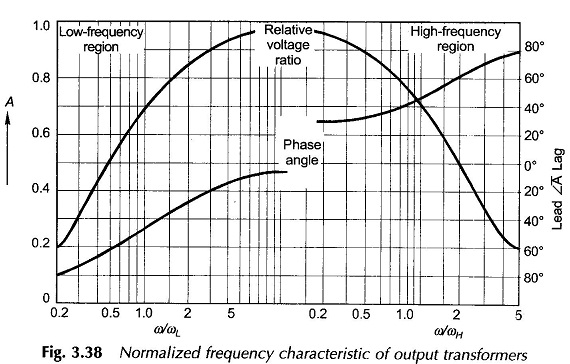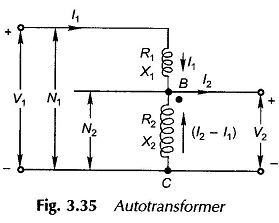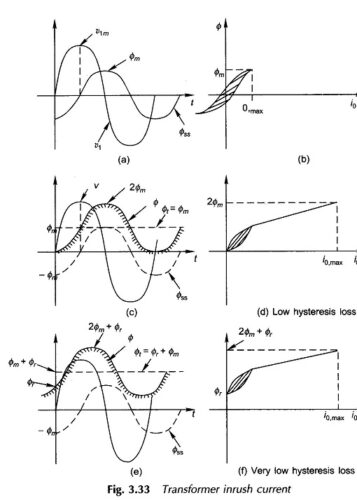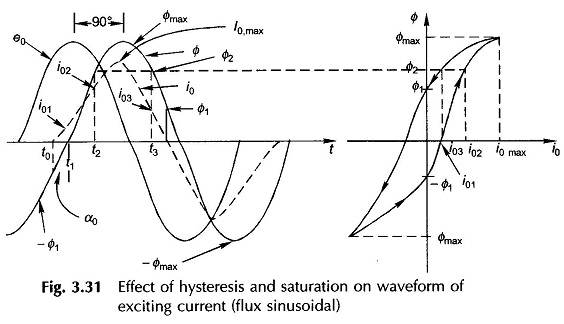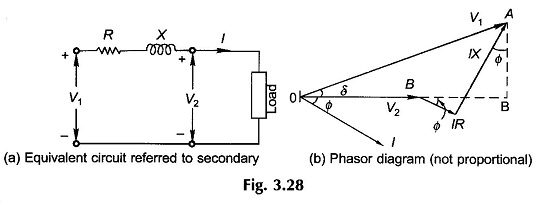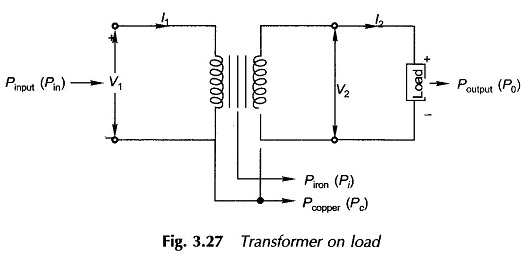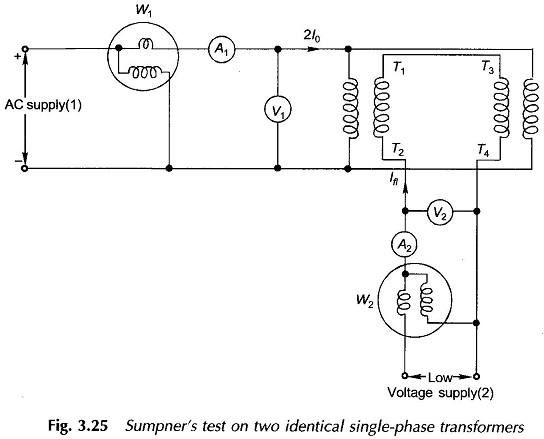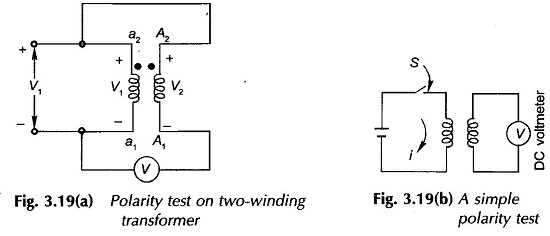Variable Frequency Transformer
Variable Frequency Transformer | Application: So far we have considered transformers which operate at fixed frequency (50 Hz). Their purpose is to transform electric power from one voltage level to another; their performance measures being high efficiency and low voltage regulation. Small transformers (usually iron-cored) are used for coupling purposes in electronic circuits for communication, […]
Variable Frequency Transformer Read More »

